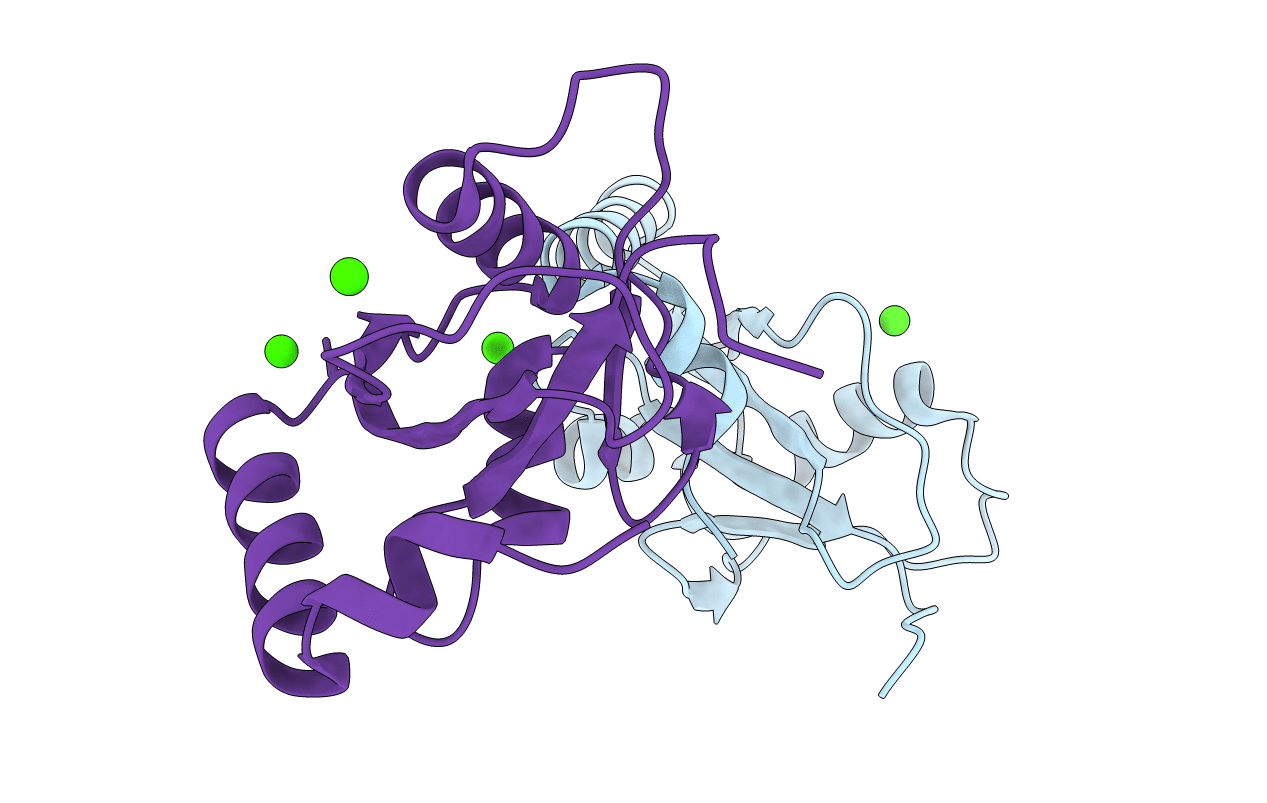
Deposition Date
2009-04-30
Release Date
2009-10-06
Last Version Date
2024-02-21
Method Details:
Experimental Method:
Resolution:
2.30 Å
R-Value Free:
0.30
R-Value Work:
0.23
R-Value Observed:
0.23
Space Group:
P 21 21 21


